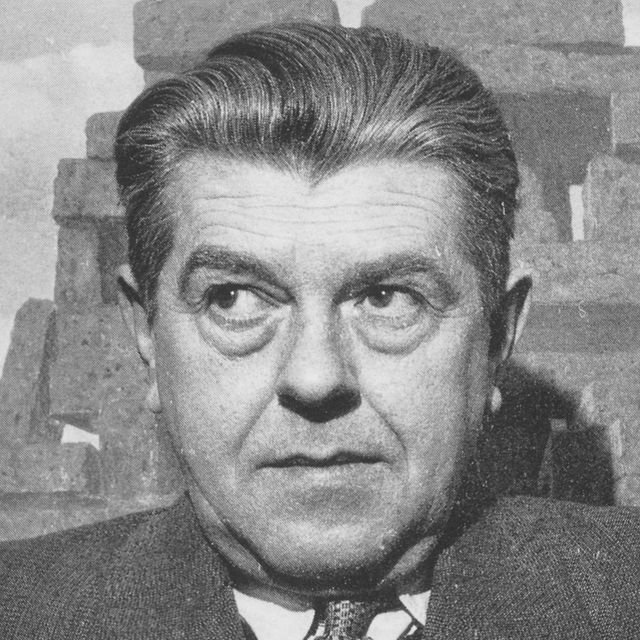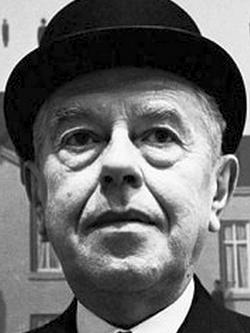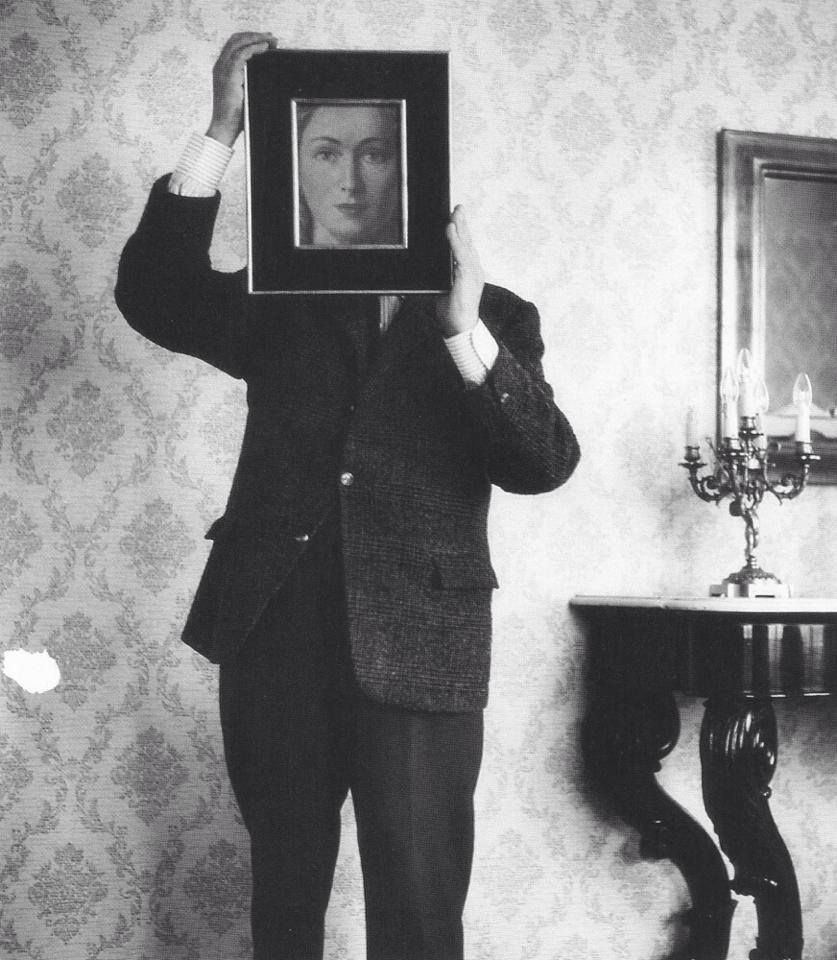
1898 - 1967
René François Ghislain Magritte

description
The most famous Belgian artist of the twentieth century, known for his mysterious and inexplicable canvases, made in an original surreal style. At the age of fourteen, Rene Magritte suffered a severe mental trauma – the suicide of his mother, which left an imprint on his entire work. Of great importance to the artist was his friendship with European Surrealists, in particular with Andre Breton and poet Edward James, who was a close friend and patron of Magritte.
The artist was calm and undemanding. While his fellow Surrealists flaunted their lives, shocking the audience and attracting their attention, Magritte lived in solitude, earning his living by creating advertisements and illustrations for newspapers and magazines. This work was reflected in his art, in which the influence of advertising and poster art is noticeable.
In each picture of the painter, which at first glance seems like a meaningless set of objects, there is a hidden deep meaning and secret subtext addressed to the human subconscious. The central character of the work often became a mysterious man in a bowler hat, the prototype of which many consider Magritte himself. The artist never explained the meaning of his paintings, leaving the viewer with many questions and guesses about the true meaning of the things depicted in his paintings.
Key ideas:
– Each picture of the artist is a kind of mystery, a rebus that the audience has to solve. Magritte used strange images that cause ambiguous associations and are complemented by even more obscure and mysterious details that are in no way connected. The name of the paintings explains absolutely nothing, but it only enhances the effect of mystery.
– Works of Magritte often have repeated images and motifs. Having once painted a person from the back and naming the painting “The Traveler”, the artist after several years moved the same figure to a different background, calling the new work “The Teacher”. Despite criticism, this technique, among other things, brought Magritte fame and public recognition. The artist created a series of works devoted to the same topic.
– Faces of people hidden behind a white cloth or other objects, such as an apple or an umbrella, are a distinguishing feature of the author’s style. Biographers see this as an echo of the tragedy he experienced in adolescence, when the face of his drowned mother was hidden behind a white cloth.
– The artworks cannot be called emotional. They are rather distantly neutral, as if the author was looking at what was happening from the side, taking absolutely no part in it. This quietness does not inspire a sense of calmness, but rather, on the contrary, arouses frightening thoughts and feelings.
– Unlike other Surrealists, he depicted objects as they are in real life. The artist did not change their shape; he only replaced one part of a familiar object with a completely alien detail, or removed some element of it, making the image absurd and a little creepy. A striking example is a man in a classic suit; he does not have a head, and his hat is in the right place as if flying in the air.
1898
1912
1915
1922
1925
1927
1938
1940
1948
1954
1967
The birth of the artist
The artist’s mother committed suicide

He entered the Academy of Arts in Brussels

Married Georgette Berger

Began working in a surrealistic manner

The first solo exhibition

He returned to Brussels

He changed his style to a more cheerful and sunny

He created versions of his early works

The large exhibition of his works

The death of the artist

René François Ghislain Magritte
On Artist
flow
Cubism
Futurism
Surrealism
friends
Andre Breton
artists
Pierre Auguste Renoir
Pablo Picasso
Fernand Leger
Jean Metzinger
Max Ernst
Giorgio de Chirico
By Artist
flow
Surrealism
friends
Andre Breton
Ed Rush
Maruja Mallo
artists
Andy Warhole
Martin Kippenberger
Robert Gober
John Baldessari
Neo Rauch
Lawrence Stephen Lauri
Jasper Jones
